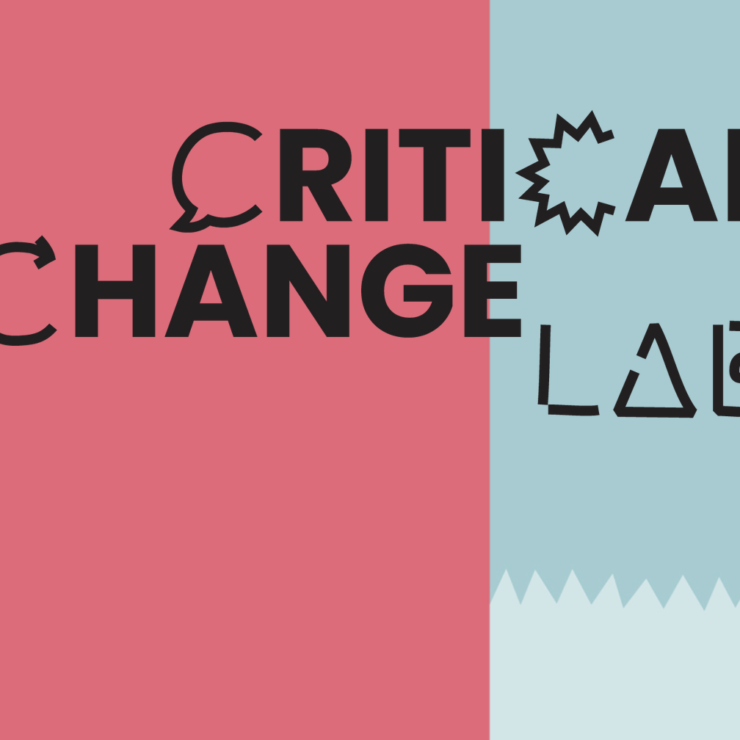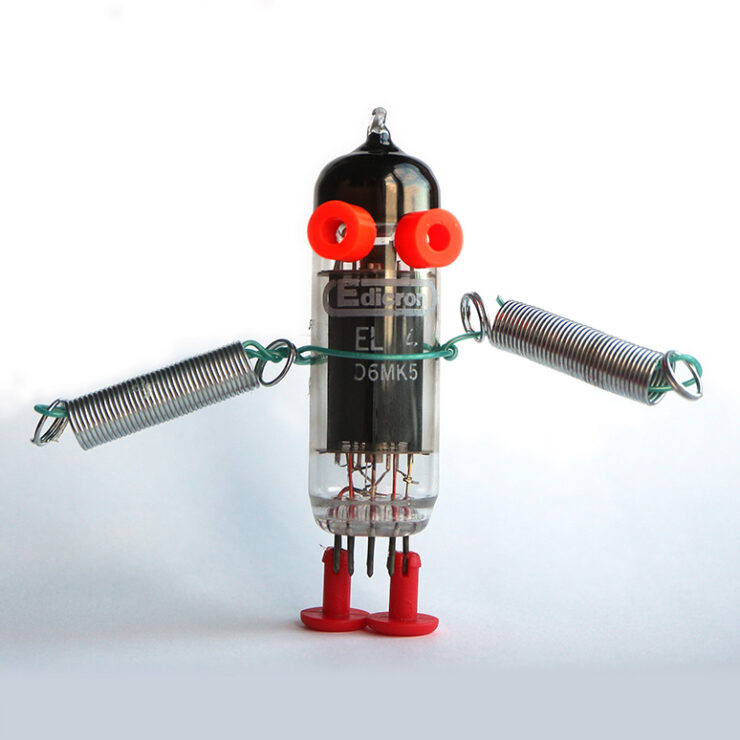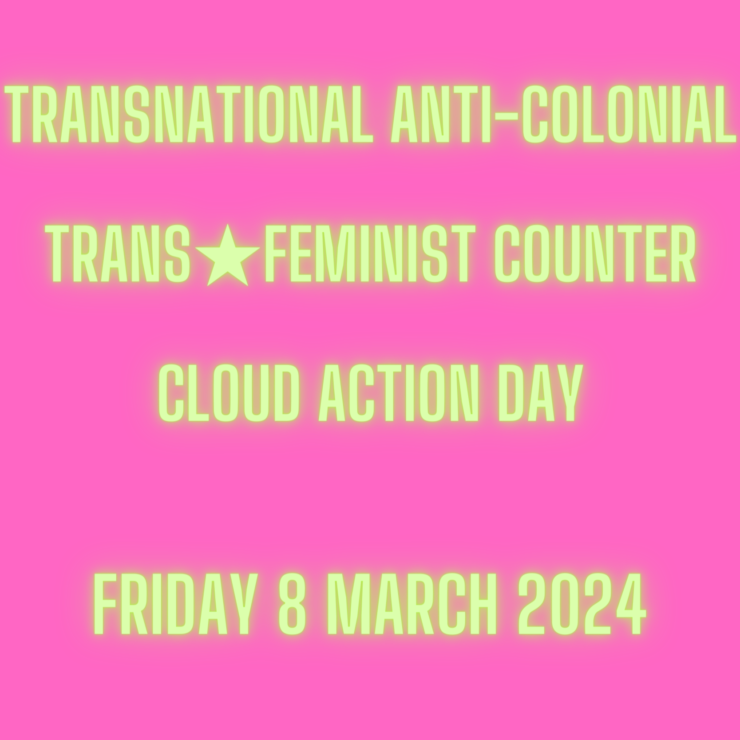Embroidered Digital Commons
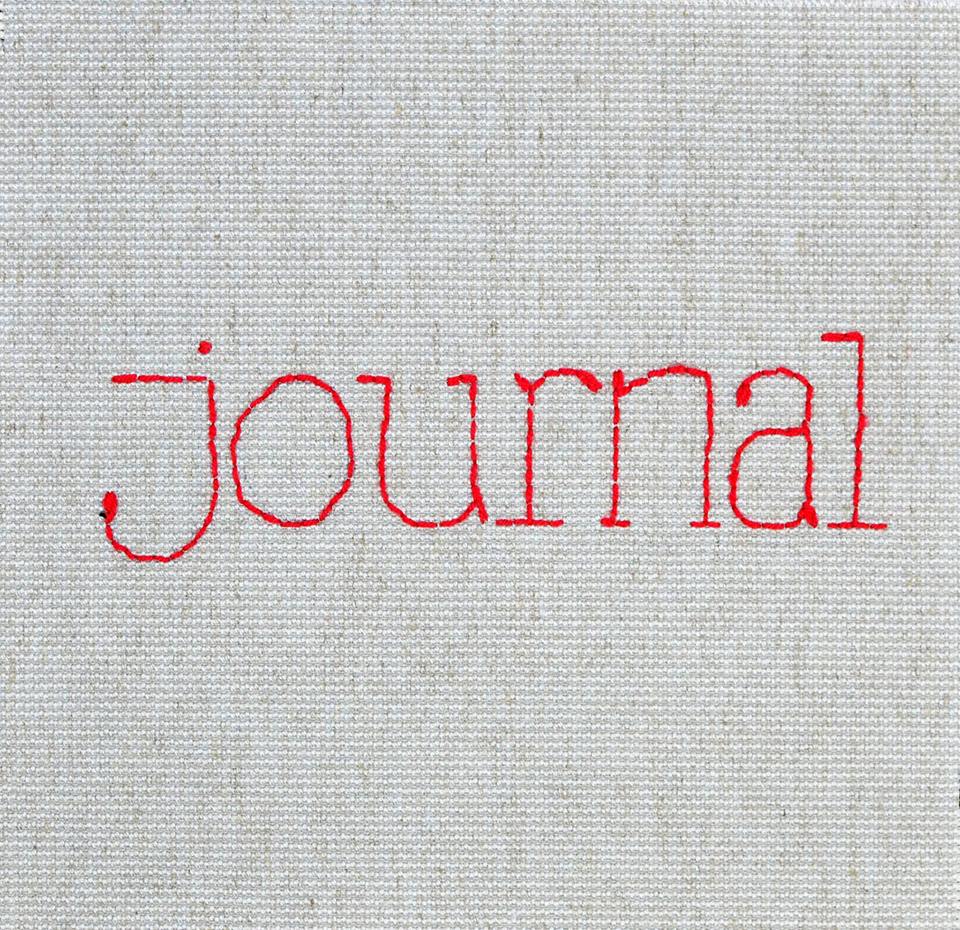
Workshops with Ele Carpenter
10th – 11th March 2018, 12pm – 4pm
Wellgate Shopping Centre, 1st Floor next to Iceland
A pop-up event by NEoN Digital Arts Festival
NEoN invites you along to a special embroidery workshop to be part of an exciting global project – Embroidered Digital Commons. This project has already brought together embroideries by over 1,000 people stitching over 4,500 words… and now you can be part of it too!
The project is based on the beautifully crafted language of the Concise Lexicon of/for the Digital Commons written by the Raqs Media Collective, and published in the Sarai Reader 2003. The full lexicon is an A-Z of the interrelationship between social, digital and material space. It weaves together an evolving metaphorical language of the commons which is both poetic and informative.
The ‘Embroidered Digital Commons’ facilitated by Ele Carpenter as part of the Open Source Embroidery project, utilising social and digital connectivity. This distributed embroidery aims to collectively stitch terms from the Lexicon as a practical way of close-reading and discussing the text and it’s current meaning.
At the workshops you can choose a section of text to embroider, stitch with others, have a cuppa and chat to Ele about the project. Your level of experience doesn’t matter, we welcome everyone! Also, as Sunday 11th is Mother’s Day it would be great to see some cross-generational groups come and take part. Materials will be provided but feel free to bring along your own if you want to add a personal touch to your piece! The best fabric to stitch on is plain cotton fabric of any colour using embroidery thread that contrasts with the fabric.
With special thanks to Creative Scotland, Abertay University, University of Dundee and Wellgate Shopping Centre.
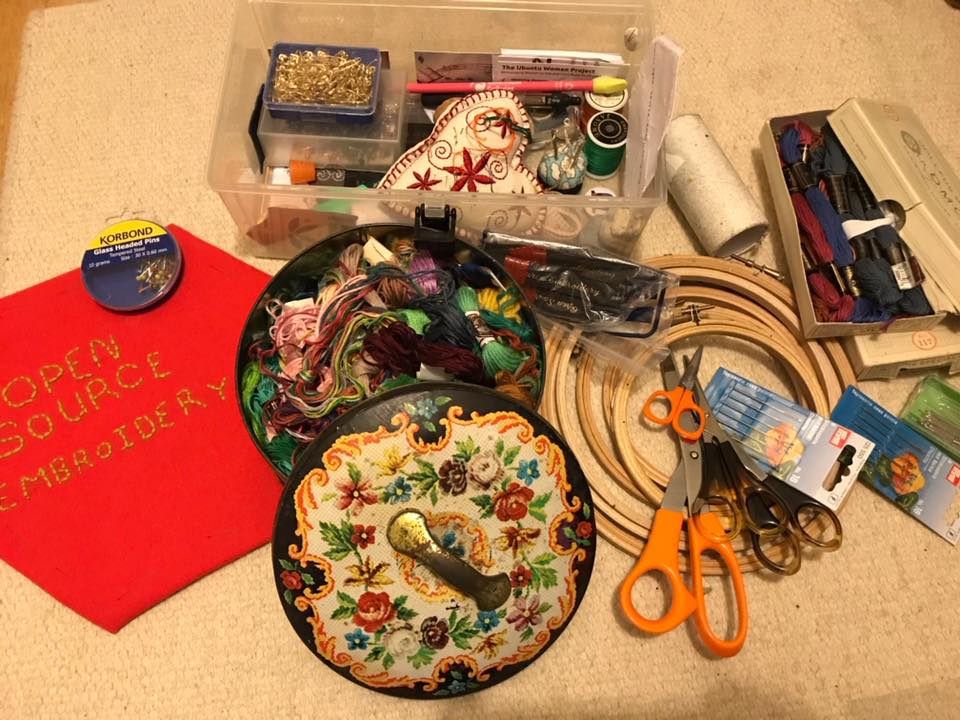
Image by Ele Carpenter
A little more information about the project…
The Embroidered Digital Commons is a collective close-reading and close-stitching of a text written by Raqs Media Collective called ‘A Concise Lexicon of / for the Digital Commons’ (2003). The full lexicon is an A-Z of the relationship between social, digital and material space. The lexicon weaves together an evolving metaphorical language of common ownership, use and access across digital platforms. The commons has become synonymous with digital media through the discourse of free and open source software, shared production of knowledge, open access, and creative commons. The digital commons is a response to the inherent ‘copy n paste’ reproducibility of digital codes, scripts, and files and the cultural forms they support. The project began in 2008 as part of the Open Source Embroidery project facilitated by Ele Carpenter.
Check out the website to see examples of past stitched texts and get some inspiration for your embroidery: Embroidered Digital Commons ____________________________________________________________________
Here is the text we will be stitching:
‘Journal: A record of the everyday. Annals of matters varied and quotidian. Data from day to day to day. On reams or scraps of any material that can carry the emboss of time. The material may vary from newsprint to video to sound to binary code, or a combination of the same, and the journal may transmogrify from being a witness, to a participant in that which is being recorded. The extent and scale of ‘participation’ depends on the frequency of entries into the journal, and the number of correspondents it can muster. The higher the frequency of entries or number of correspondents, the greater is the intensity of the inscription of a time on a journal. A densely, thickly inscribed journal is one that is usually open access in terms of writing, reading and publishing. Why else would strangers want to write in? An open journal expects to be published anywhere at all. An open journal actively practices xenophilly. When a journal becomes more than a gazetteer of a moment it turns into a history. It then begins to make sense of itself as much as it does about a time that it spans. Conversely, every history begins life as a journal.’
